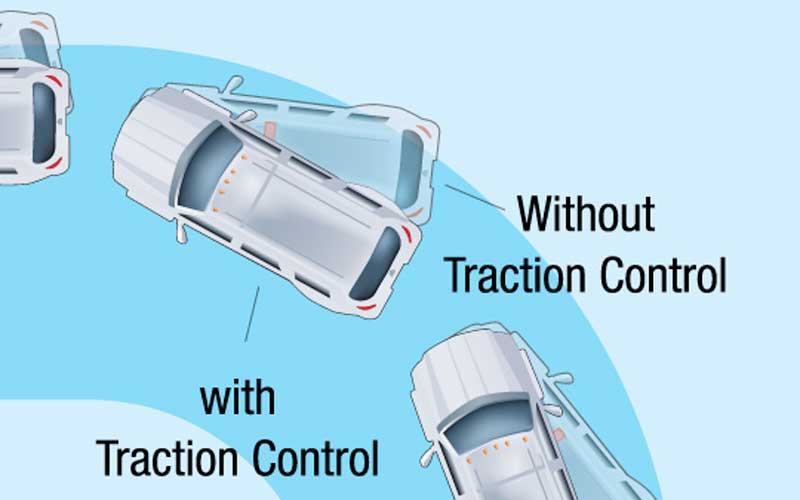An Overview of Traction Control and Its Significance
Traction control is a safety feature found in many modern vehicles, designed to enhance stability and prevent wheel spin. It monitors the speed of each wheel and detects any discrepancies, applying brakes or reducing engine power to regain traction. This system plays a crucial role in maintaining stability during slippery road conditions, cornering, and sudden acceleration.

Image: mechanicalsphere.blogspot.com
Understanding the Diagnostic and Repair Process
If your vehicle’s traction control system malfunctions, it is essential to seek professional assistance. The mechanic will begin by diagnosing the issue using a code reader. This device identifies trouble codes stored in the vehicle’s computer, indicating the specific components or sensors responsible for the malfunction.
Once the fault is identified, the mechanic will assess the repair complexity. In some cases, it may involve replacing worn brake pads or a faulty sensor, while in more severe scenarios, it could require repairing or replacing the traction control module itself. The cost of the repair will vary depending on the extent of the damage and the vehicle’s make and model.
Breaking Down the Costs of Traction Control Repair
The exact cost of fixing traction control system will vary, but here is a general breakdown:
- Diagnostic Fee: Typically ranges from $50 to $150
- Sensor Replacement: Can cost around $100 to $500 (including parts and labor)
- Brake Pad Replacement: Approximately $200 to $600 (includes brake pads, labor, and potential rotor resurfacing)
- Traction Control Module Repair or Replacement: Costs can range from $500 to $1,500 (or even higher for luxury vehicles)
Tips and Expert Advice for Traction Control Maintenance
To avoid costly repairs, consider implementing these tips and expert advice:
- Regular Vehicle Maintenance: Follow the manufacturer’s recommended maintenance schedule, which typically includes brake inspections and fluid changes.
- Proper Tire Care: Maintain proper tire pressure and replace worn tires promptly to ensure optimal traction.
- Avoid Aggressive Driving: Excessive speeding and sudden maneuvers put additional strain on the traction control system.
- Use Traction Control Wisely: It is intended for use in slippery or challenging conditions, not as a substitute for safe driving practices.

Image: innovationdiscoveries.space
Frequently Asked Questions
Q: Can I drive with a faulty traction control system?
A: While it is possible to drive with a faulty traction control system, it is not recommended. The system’s purpose is to enhance vehicle stability, and its absence can compromise safety, especially in adverse road conditions.
Q: Are traction control systems necessary for all vehicles?
A: Traction control systems are not standard equipment in all vehicles, but they are becoming increasingly common. They offer significant benefits in terms of safety and driving stability, making them a valuable feature.
How Much To Fix Traction Control
Conclusion
Traction control is a vital safety feature that can prevent accidents and enhance driving stability. However, repairs can be costly, depending on the extent of the issue. By following proper maintenance practices, utilizing traction control wisely, and addressing any faults promptly, you can minimize repair expenses and ensure your vehicle’s safety.